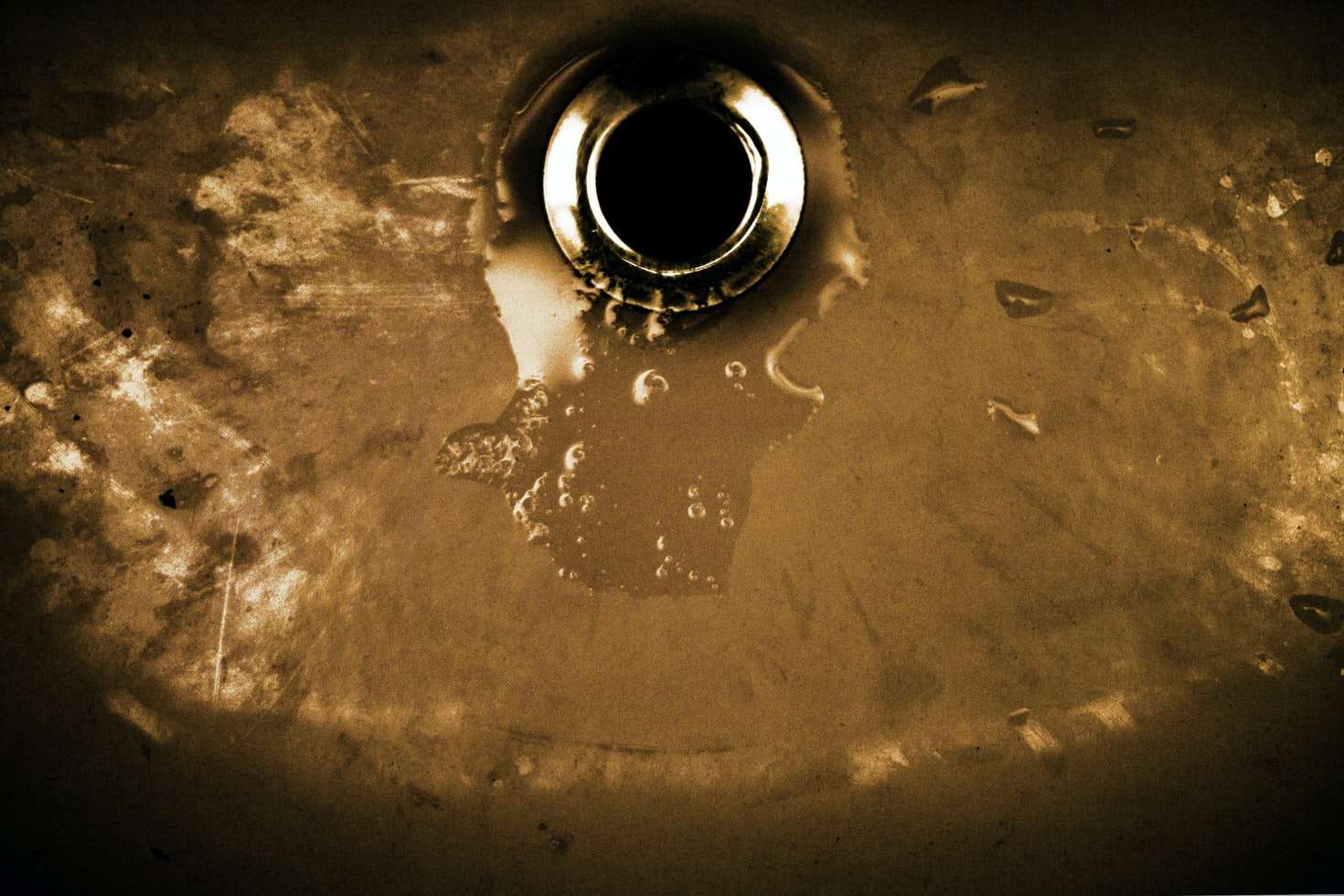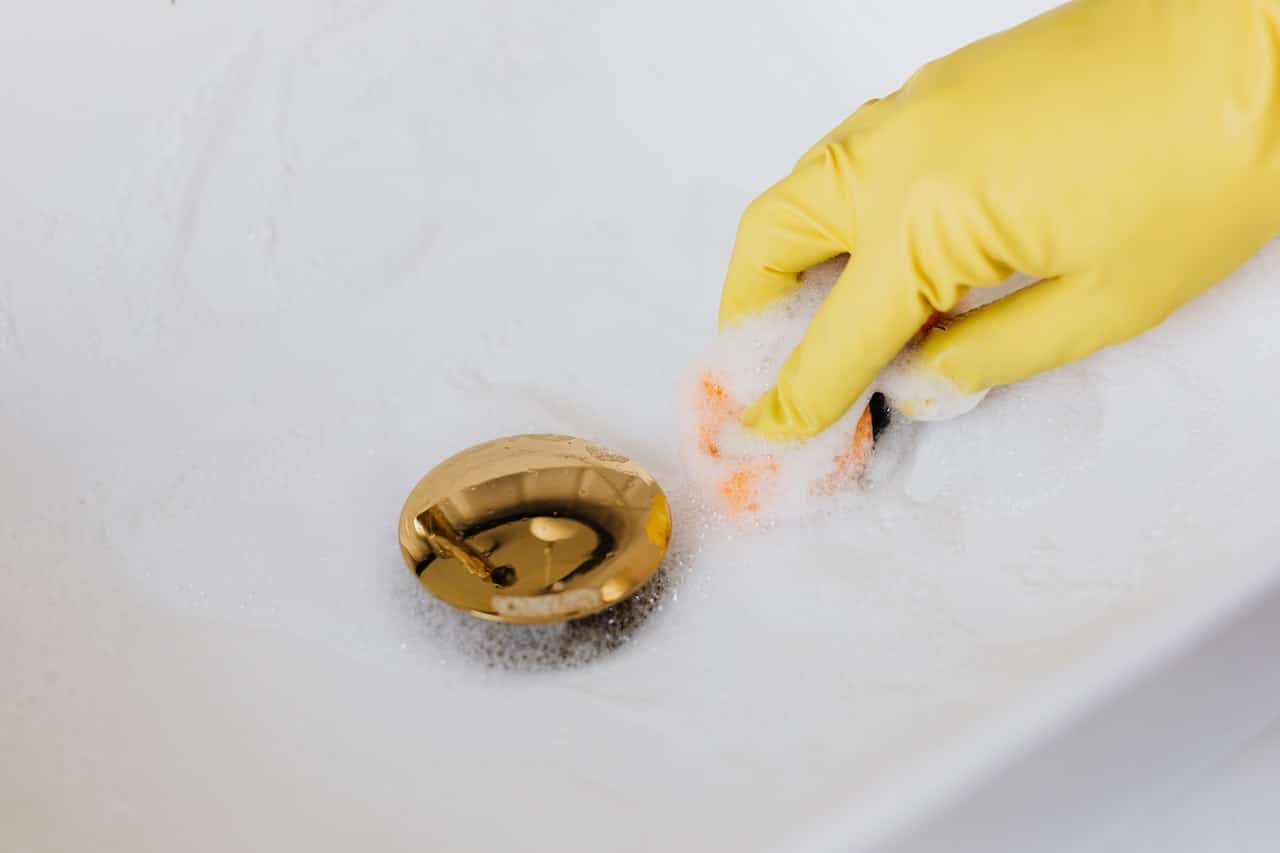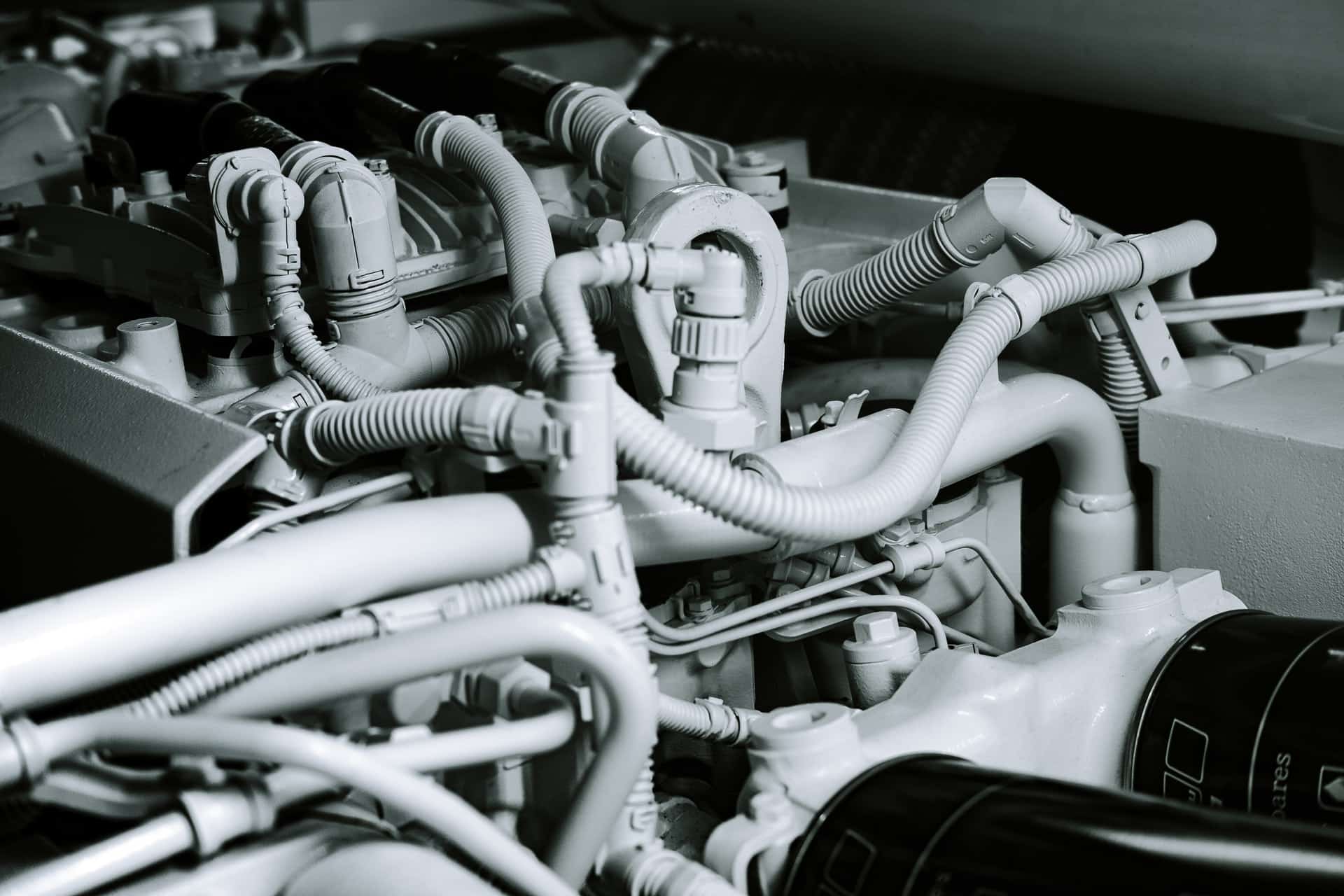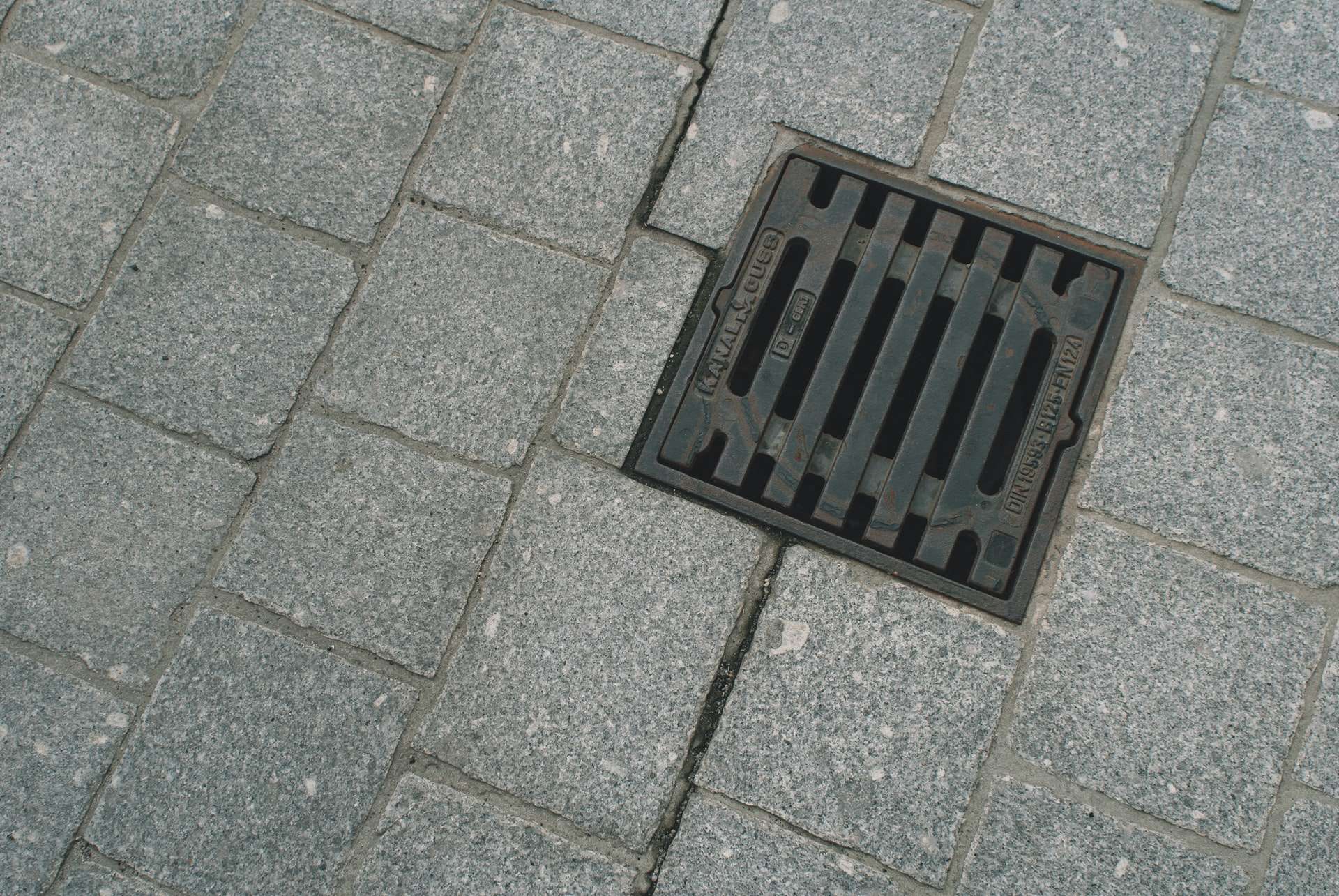Calcium buildup is one of the most common issues in every plumbing system. It develops as a result of hard water that contains a high amount of minerals. If the issue is left unattended, the buildup could become a blockage in your drains. When that happens, you increase the likelihood of encountering severe plumbing problems down the lane.
There is also another type of white buildup similar to calcium. This gunk accumulates in various plumbing drains, including your shower. The white buildup contains magnesium and lime, two of the most prevalent minerals found in hard water sources.
How Will You Know If There Is Calcium Buildup in Your Drain?
The best way to get rid of calcium buildup is to address it in the very early stages. This is why you must be very observant of any signs and symptoms of this plumbing issue. One obvious symptom is a clogged drain. If you’re noticing that water doesn’t go down as quickly as it once did, chances are there’s a buildup in your drain or shower.
You can tell that there’s a buildup if there is damage to the appliances or plumbing fixtures that you use. Be mindful of any white buildup in your faucet, showerhead, and shower drain. Other indications of mineral accumulation include skin irritation or having difficulty cleaning clothes. When using hard water, you will also notice that it is difficult to create a lather using detergent or soap.
Have you seen soap scum, streaks, and spots on your dishes whenever you wash them? Perhaps your water heater energy is spiking up too. Maybe you’re encountering hard lime scales. If you have noticed any of these signs, you need to address the issue of buildup as soon as possible.
How Can You Get Rid of Calcium Buildup in Your Drains?
If you have a clogged drain, there’s an easy DIY fix for your problem. First, you need a pot of water, a sponge, a rag, half a cup of vinegar, and half a cup of baking soda. Once you’ve gathered your materials, boil the water. Next, pour down the baking soda and vinegar down the drain. Once you’re done, cover the top of the drain with a rag.
Wait for around five minutes to let the DIY mixture clear up the blockage that’s clogging the drain. Lastly, pour the boiling water down the drain. When the water interacts with the DIY mixture, the gunk should be removed and flow away.
A one-time treatment is usually enough to get rid of the mineral deposits. However, if you’re working on a stubborn clog, you can repeat the process a couple of times.
How Should You Clean Your Showerhead?
Cleaning a showerhead isn’t the same as clearing out a clogged drain. You will need more materials for the job. First, get a wrench, rags, pliers, vinegar, and a plastic bag. Next, wrap the showerhead with a rag. This is done to keep its decorative finish intact and away from the damage of the plier and wrench. After covering it with a rag, unscrew the showerhead using a wrench or pliers.
Pour the vinegar into the plastic bag. When the showerhead has been separated, soak all parts in the bag and let it sit in the solution overnight. When you’re done, rinse the showerhead with water and reassemble it.
Conclusion
Calcium buildup may not seem like a serious issue on the surface, but if left untreated, it could cause severe plumbing problems eventually. The best thing for you to do if you’re encountering clogged drains and calcium accumulation is to get rid of the gunk as soon as possible. DIY solutions usually get the job done, but there are instances when a professional plumber in Canoga Park may be needed.
At Candu Plumbing & Rooter, we offer comprehensive plumbing services, including drain cleaning in Canoga Park. Our company is committed to providing only the highest quality of services and customer service. If you are interested in hiring our plumber in Canoga Park, CA, contact us today.





